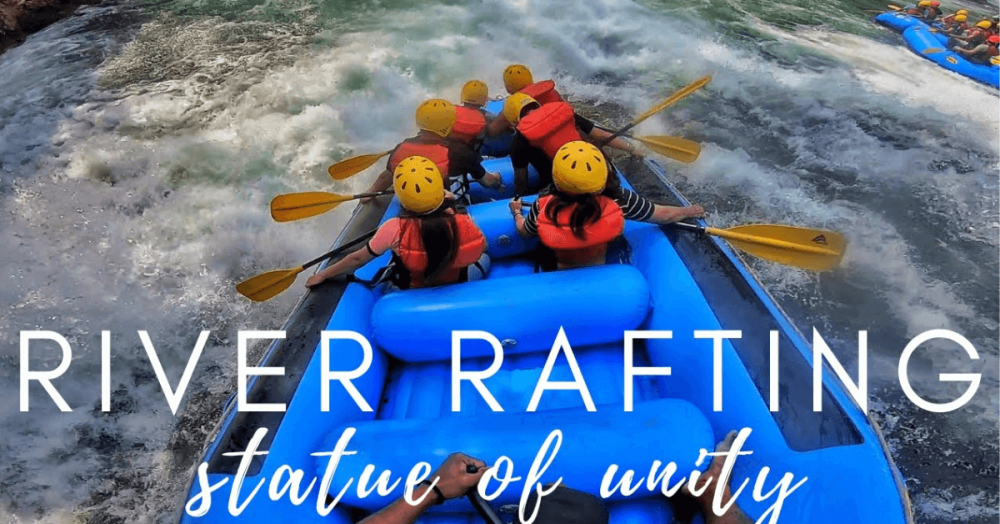

Gujarat's rich history, vibrant culture, and diverse landscapes have long attracted visitors from around the world. Historically, Gujarat was known for its trade connections and was a major center during the Indus Valley Civilization. The region's popularity as a tourist destination began to rise significantly with the promotion of its archaeological sites, religious festivals, and heritage cities.
In recent years, Gujarat has heavily invested in tourism, building infrastructure, and marketing campaigns like "Khushboo Gujarat Ki" promoting its unique attractions such as the Gir National Park, home to the Asiatic lion, the cultural festival of Navratri, and historically significant sites like Mahatma Gandhi's Sabarmati Ashram.
The Narmada River, considered one of the seven holy rivers of India, presents itself as a perfect destination for adventure seekers, especially those interested in river rafting. The activity has gained popularity as it offers a perfect blend of thrill and tranquility amidst breathtaking landscapes. Rafting on Narmada allows tourists to witness the untouched beauty of the river's surroundings and the rich biodiversity of the region.
The river rafting experience in Narmada is suited for both beginners and experienced rafters, with rapids ranging from Grade I to Grade III. The activity not only provides an adrenaline rush but also an opportunity to bond with nature and fellow rafters.
The construction of the Statue of Unity, inaugurated on 31st October 2018, marked a pivotal moment in Gujarat's tourism history. Standing tall at 182 meters, the statue is a tribute to Sardar Vallabhbhai Patel, a key figure in India's independence struggle and a proponent of national unity. It has swiftly become a symbol of pride and a significant draw for both domestic and international tourists.
The Statue of Unity area offers much more than just the colossal statue. It encompasses a museum, a viewing gallery, the Valley of Flowers, and the Sardar Sarovar Dam. Tourists can engage in a multitude of activities including the river rafting adventure on the Narmada, boat rides, and exploring the nearby tribal villages, which adds to the cultural richness of the tourism experience.
The latest trend in the tourism industry is the shift towards sustainable and experiential travel. Visitors to Gujarat, and particularly those coming for river rafting or visiting the Statue of Unity, are increasingly seeking authentic experiences that allow for personal growth, learning, and a positive impact on the environment and local communities.
Efforts have been made to ensure that the development of tourism infrastructure around the Statue of Unity, including the river-based activities on the Narmada, adhere to principles of sustainability. This includes minimizing environmental impact, preserving the natural habitats along the river, and ensuring benefits to local communities through tourism revenues.
Gujarat's approach to integrating sustainability with tourism is likely to set a trend that could redefine the future of travel not only in India but also globally.
River rafting on Narmada and visiting the Statue of Unity in Gujarat offer a unique blend of adventure, heritage, and natural beauty. As Gujarat continues to establish itself as a leading destination in India, the focus on sustainable and experiential tourism is likely to enhance the state's appeal and contribute to its long-term tourism growth.